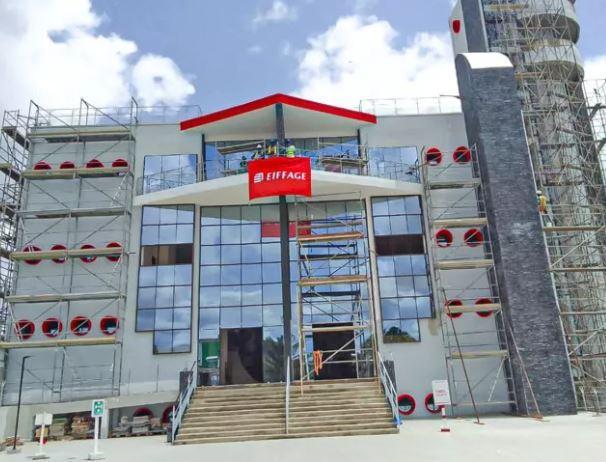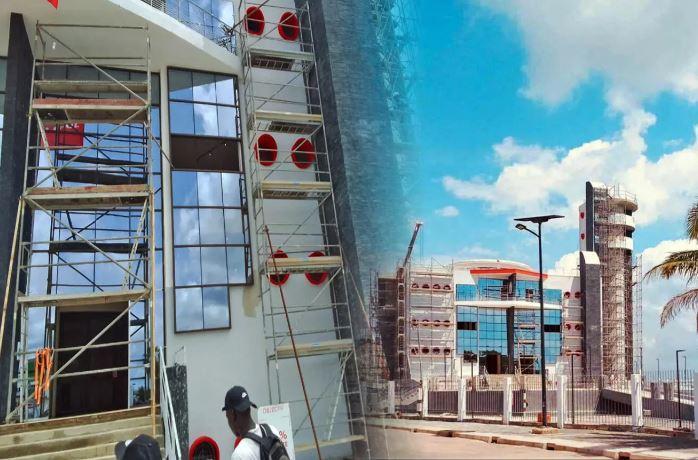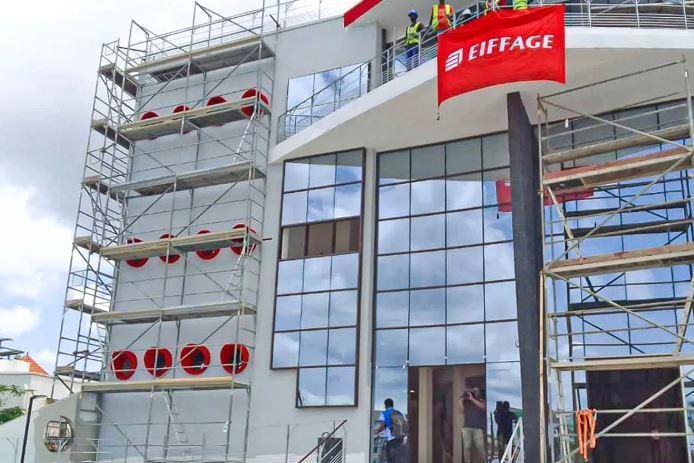
Africa-Press – Senegal. Construction work on the national Le Joola memorial museum on the banks of the Casamance river, in Ziguinchor (south), is progressing rapidly to the great satisfaction of the families of the victims and survivors of the shipwreck of this boat which ensured the connection between Dakar and the metropolis of the south, noted a correspondent of the APS.
The Senegalese authorities decided on December 20, 2019, in Ziguinchor, to start construction work on this building, which was long requested by the families of the victims and survivors of the sinking of the boat Le Joola. The infrastructure must cost three billion CFA francs.
A total of 1,863 people perished in the sinking of the boat Le Joola on the night of September 26 to 27, 2002, off the Gambian coast. Only 63 survivors have been counted, according to an official report published after this tragedy considered one of the greatest civil maritime disasters.
The Minister of Culture and Historical Heritage, Aliou Sow, declared recently, during a site visit, that the works of the Joola memorial-museum are “almost in the final finishing stages before final acceptance”.
According to him, « well before September 26 », the anniversary of the sinking of the ship Joola, the President of the Republic, Macky Sall, will be able to come, depending on his schedule, to inaugurate « this great cultural infrastructure which is also a place of pilgrimage, of memories and of projection towards the future ».

« It is a great satisfaction to see the progress of the work of this long-awaited memorial », rejoices Elie Jean Bernard Diatta, in charge of legal affairs for the National Association of the families of the victims of the sinking of the Joola.
Mr. Diatta underlines that the memorial-museum is one of the “important points” for the families of the victims.
The building has a part dedicated to the memory of the victims and another to the relics of the Joola, that is to say the objects belonging to the people who disappeared in this maritime tragedy.
“It is a building of capital importance. It will not only represent a place of contemplation for us but also a place where we will find life, ”welcomes Elie Jean Bernard Diatta.
The president of the association of orphans of Joola, Suzanne Immaculée Diatta, also says she is satisfied with the state of progress of the work of the memorial museum.
“We are really happy with this achievement of the museum. This museum will allow the whole world to know what happened on the boat. It will allow us to see the photos and other objects of our late parents,” said Ms. Diatta, who lost her father in the sinking of the boat.
Beyond the architecture and its position, which will not go unnoticed, the memorial museum will include a space for exchanges and another dedicated to commemorations. Photos and objects that belonged to the disappeared will be exhibited in this museum.
« It is planned to exhibit photos of the disappeared, their names, but particularly the objects that we will have taken out of the boat, » said Elie Jean Bernard, the legal affairs officer of the National Association of the Families of Victims of the shipwreck. He points out that “large portholes are planned in the memorial”.
“Writers will also play their scores through books dealing with the issue. Just like the press with different publications. Everything that we have collected from the families of the victims will, moreover, be destined for the museum, ”said Elie Jean Bernard.
Il a aussi souligné que ‘’le mémorial va accueillir des touristes et visiteurs ».
Après la réalisation de l’édifice, a préconisé Elie Jean Bernard Diatta, la prochaine étape doit consister au renflouement du navire, ‘’afin de retirer tout ce qui se trouve au fond de l’océan pour habiller le mémorial ».

Pour plus d’informations et d’analyses sur la Senegal, suivez Africa-Press






